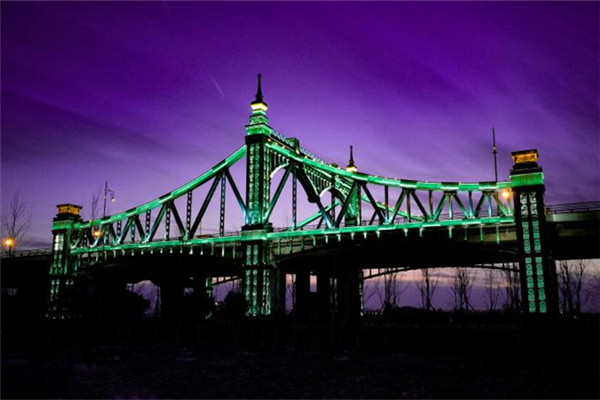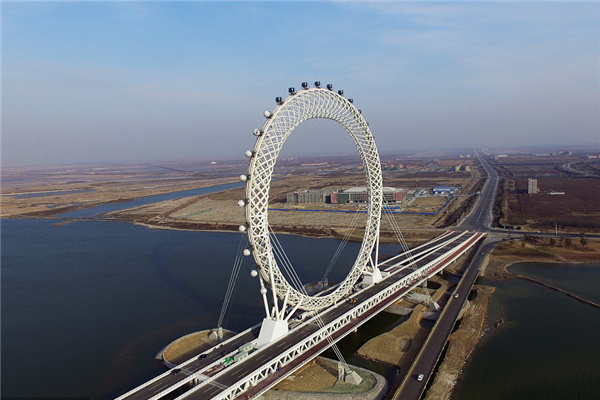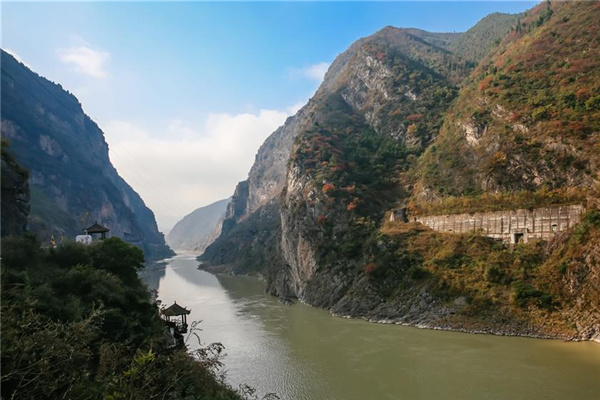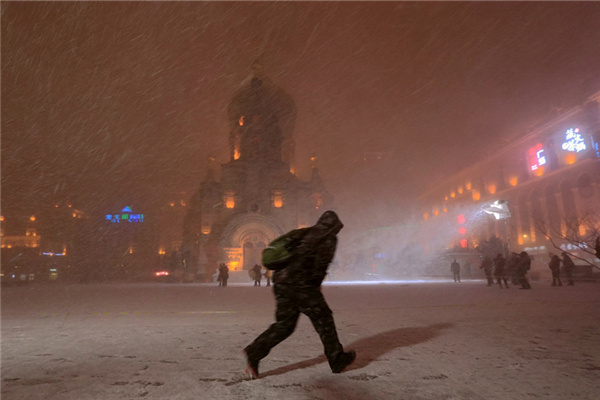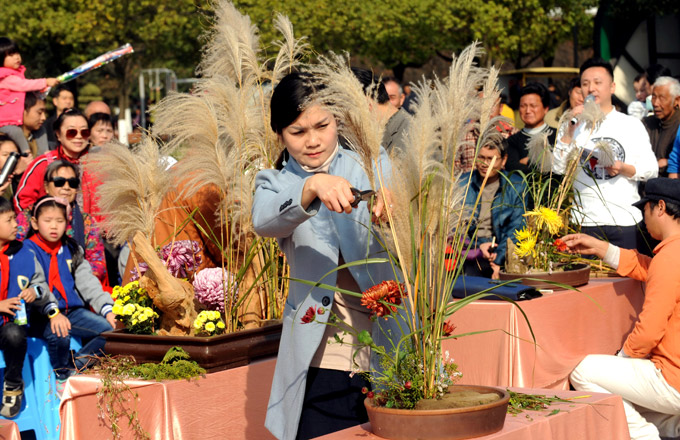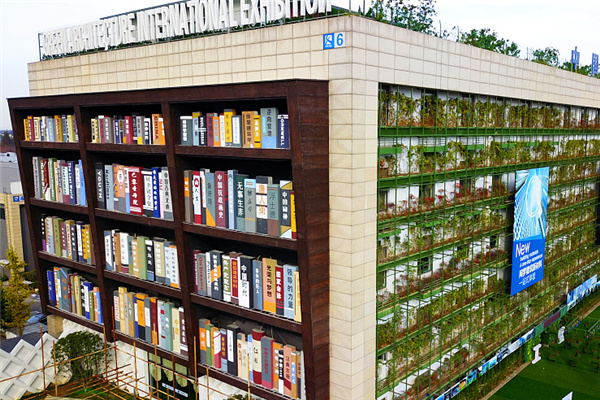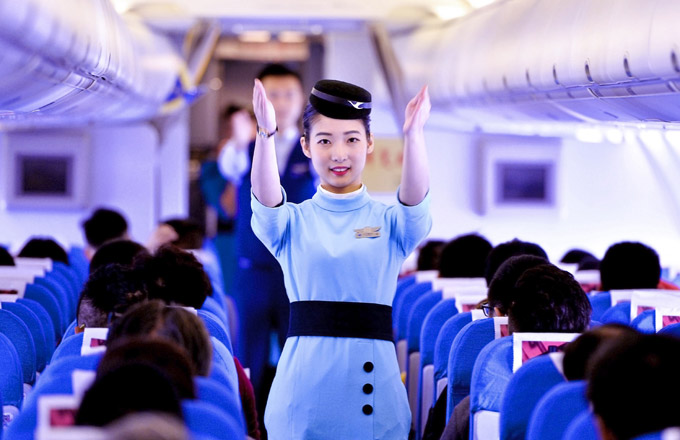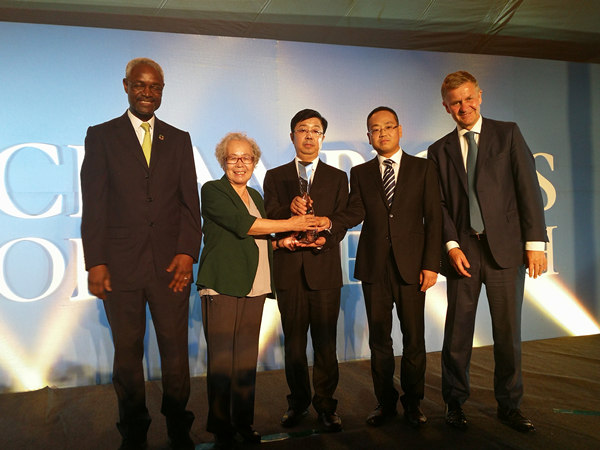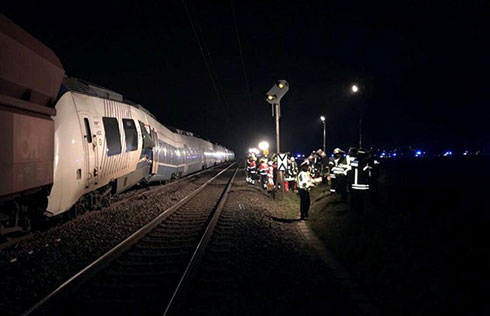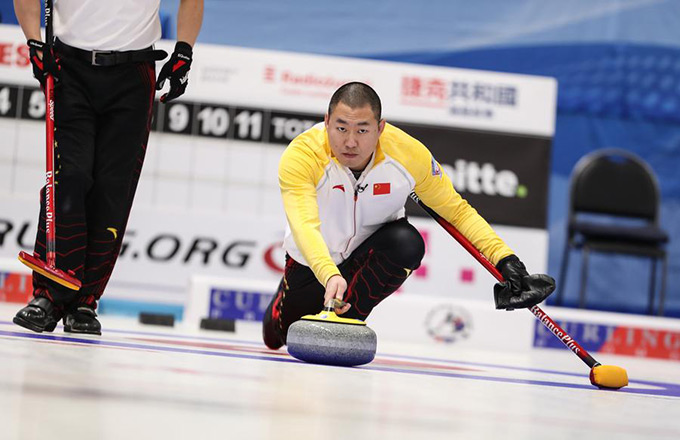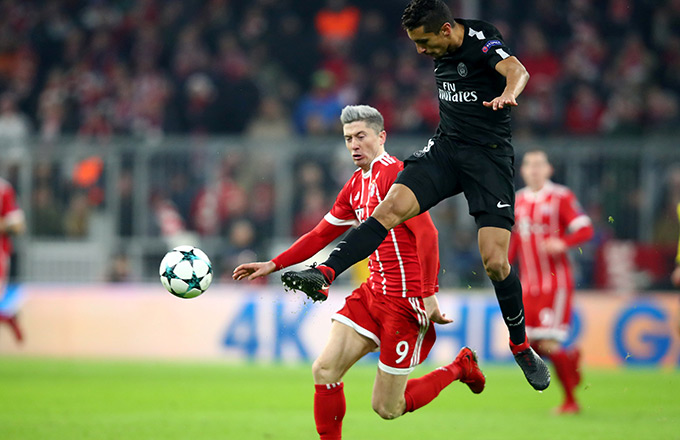


Amid the ongoing Five-Year Plan (2006-10) in Sichuan province that focuses on promoting the development of the local liquor industry, a Liquor Exchange Center (LEC) is being considered, a local official announced at the end of 2008.
Tian Yong, director of the Sichuan provincial Liquor Supervision and Administration Commission, says the LEC will be designed to integrate the large number of local liquor makers with liquor sales agencies in order to further improve a stronger brand and industry image for Sichuan's spirits.
With an investment of 7 billion yuan, the Luzhou LEC will be located in the Luzhou Liquor Industrial Park, where over 100 manufacturers will be gathered, including China's noted liquor brand, Luzhoulaojiao (or Luzhou Liquor).
"The plan was inspired by Huang Xiaoxiang, vice governor of Sichuan province," says Tian.
During a recent trip to Luzhou in late November in 2008, Huang pointed out although Sichuan contained a large number of liquor makers, the lack of an integrated marketing strategy was an obstacle in further promoting the local booze industry.
"Combining Luzhou's liquor manufacturers with some local sales channels through the LEC is a good way to build stronger brands for small and medium-sized wine makers," Huang was quoted as saying by the 21st Century Business Herald.
Tian says the future LEC is conceived as a large-scale sales center with modern marketing management in order to combine spot trading and the forward exchange.
It will help attract more investment outside the region, Huang says.
According to a local official, who requested anonymity during a recent interview with China Business Weekly, Sichuan province is also planning to build a Liquor Business Belt along the Yangtze River.
The official says that several unspecified marketing strategies will improve the liquor trading scale in Sichuan province, as well in the country.
But unifying liquor manufacturers and sellers into an innovative trading market needs incentive and proper management, Huang says.
From the beginning of 2008, under Huang's edict, Luzhou city has begun researching local liquor makers about improving sales strategies.
However, almost at the same time, southwest of Luzhou city, another large scale campaign that also focuses on innovating the liquor making industry was launched. That was in Yibin, a city located along the Minjiang River.
Like Luzhou, Yibin is also home to a noted liquor brand - Wuliangye, and the two cities are considered to be competitors in the industry.
Statistics from Wuliangye Group show that in 2007, the company generated a total 100,000 tons of liquor products, achieving 25.2 billion yuan in sales and contributing 40 percent to Yibin's total industrial output.
Despite the global economic turmoil, Wuliangye Group has kept a steady development in 2008, according to the company. "It is estimated that the total sales revenue will be 30 billion yuan in 2008," according to the report from the 21st Century Business Herald.
"It's a good way to balance the development between large wine makers and the medium-sized liquor manufacturers by building a stronger image for all of Sichuan's wine products," according to the director.
"But it is also necessary to use market-based mechanisms, such as liquor trading, to target an integrated promotion for Sichuan wine products," Tian adds.
(China Daily 12/29/2008 page10)
